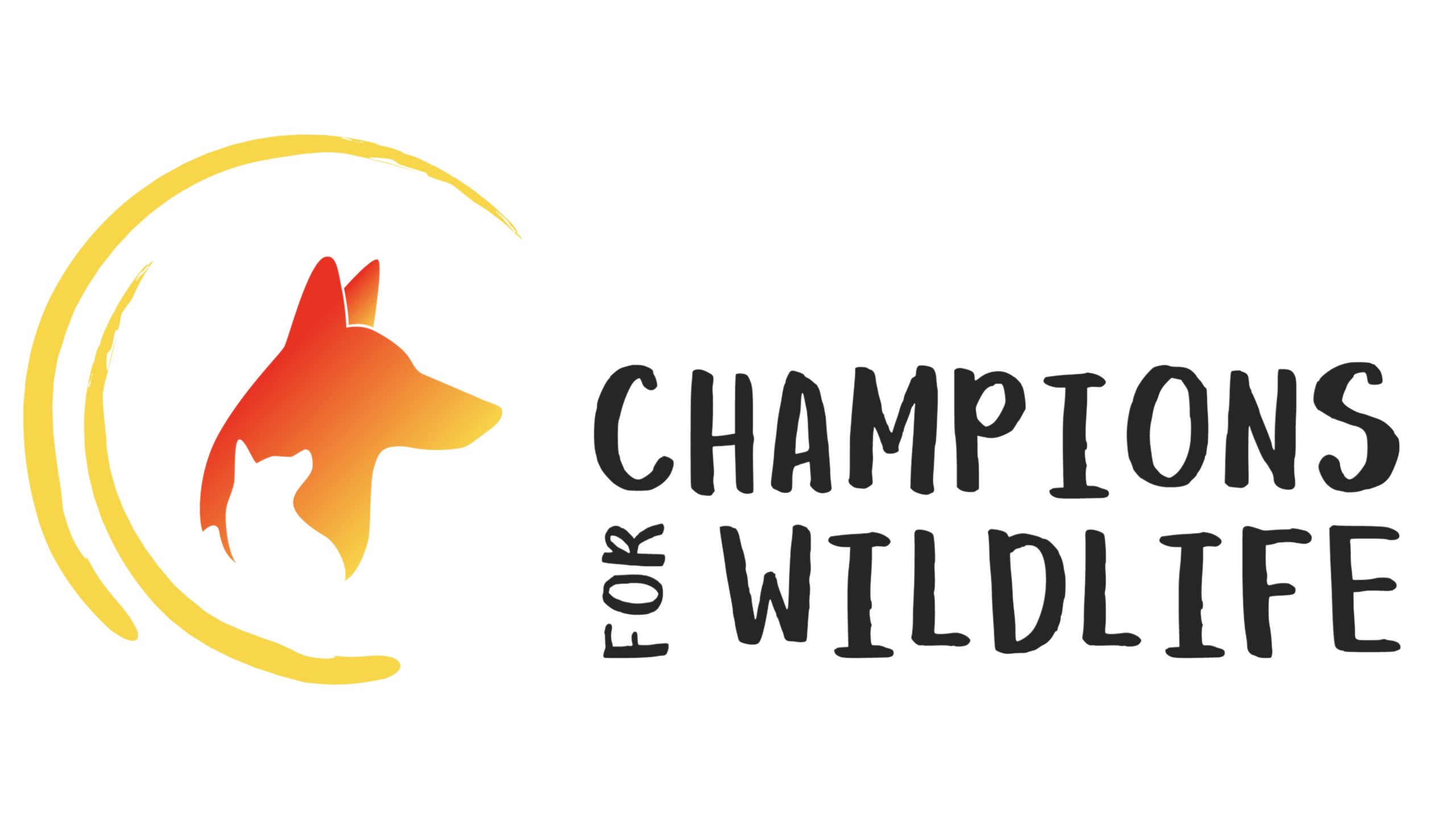Horseshoe Crab Blood: How It Can Save Your Life
Horseshoe Crab Blood: How It Can Save Your Life
We just got our first COVID-19 vaccine. Which is a little scary since the vaccine is brand new.
But we take comfort the vaccine is free of bacteria since it is tested with a substance called LAL. But our comfort quickly vanishes when we learn LAL is made from the blood of horseshoe crabs. Whoa. Horseshoe crab blood! How can that be?
First, let’s start off with what is a horseshoe crab? And why are they described as living fossils?
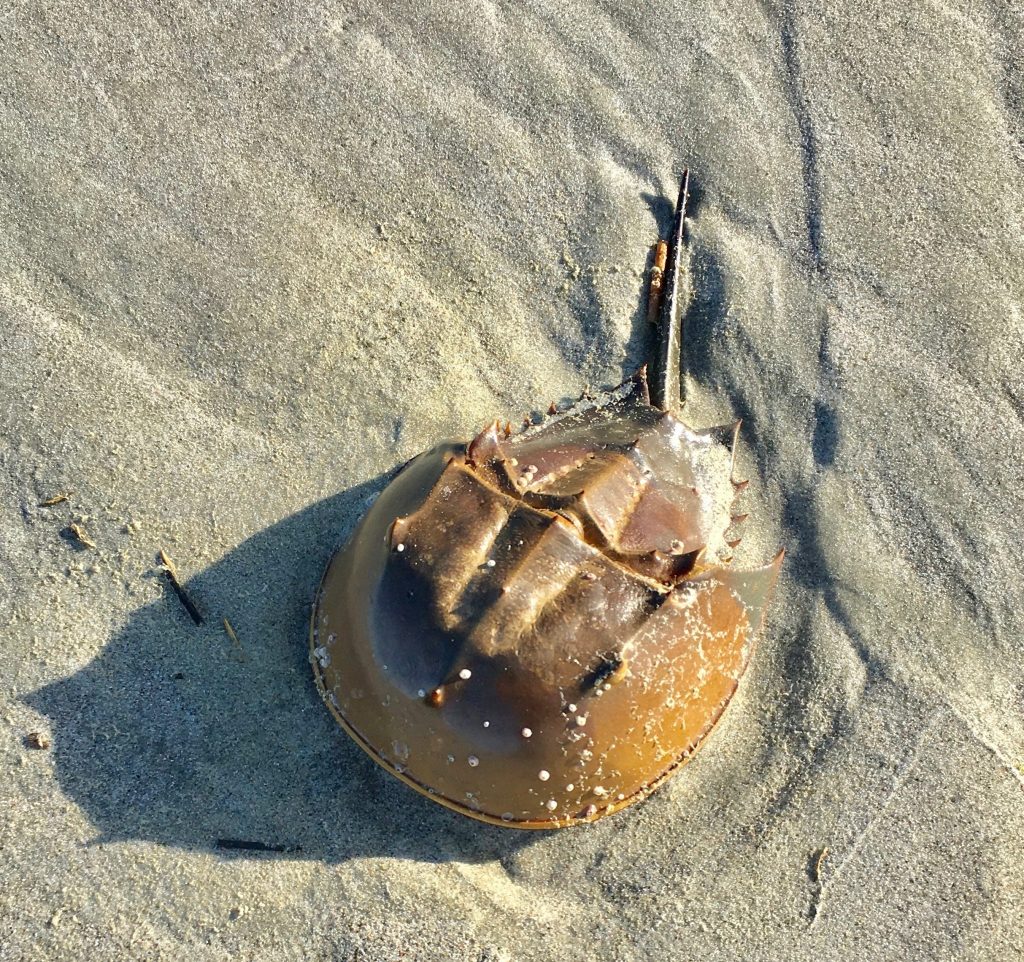
Horseshoe crabs have been around for 450 million years.
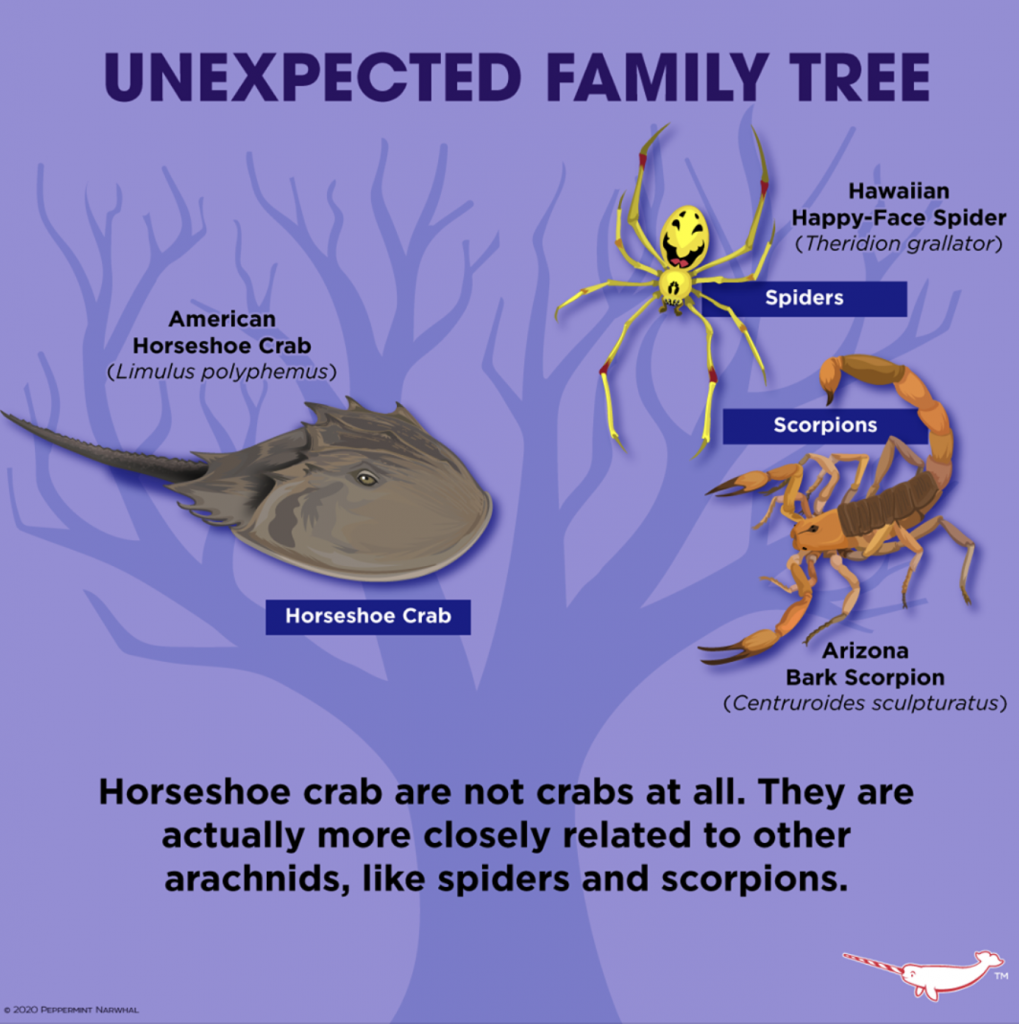
Horseshoe crabs are more like spiders than crabs. Illustration: Peppermint Narwhal.
First, What Is A Horseshoe Crab?
Well, they are a prehistoric-looking animal living in the shallow waters along the coast. We have one species in North America, the Atlantic horseshoe crab.
Older than dinosaurs, they have been around for 450 million years. How cool! And they are not really crabs but closer to spiders (learn about spiders in our Underdog section on “Spiders“).and scorpions.
But like so many misunderstood animals, their populations are decreasing due to overharvesting, loss of habitat and use by the medical industry. OK, tell me more.
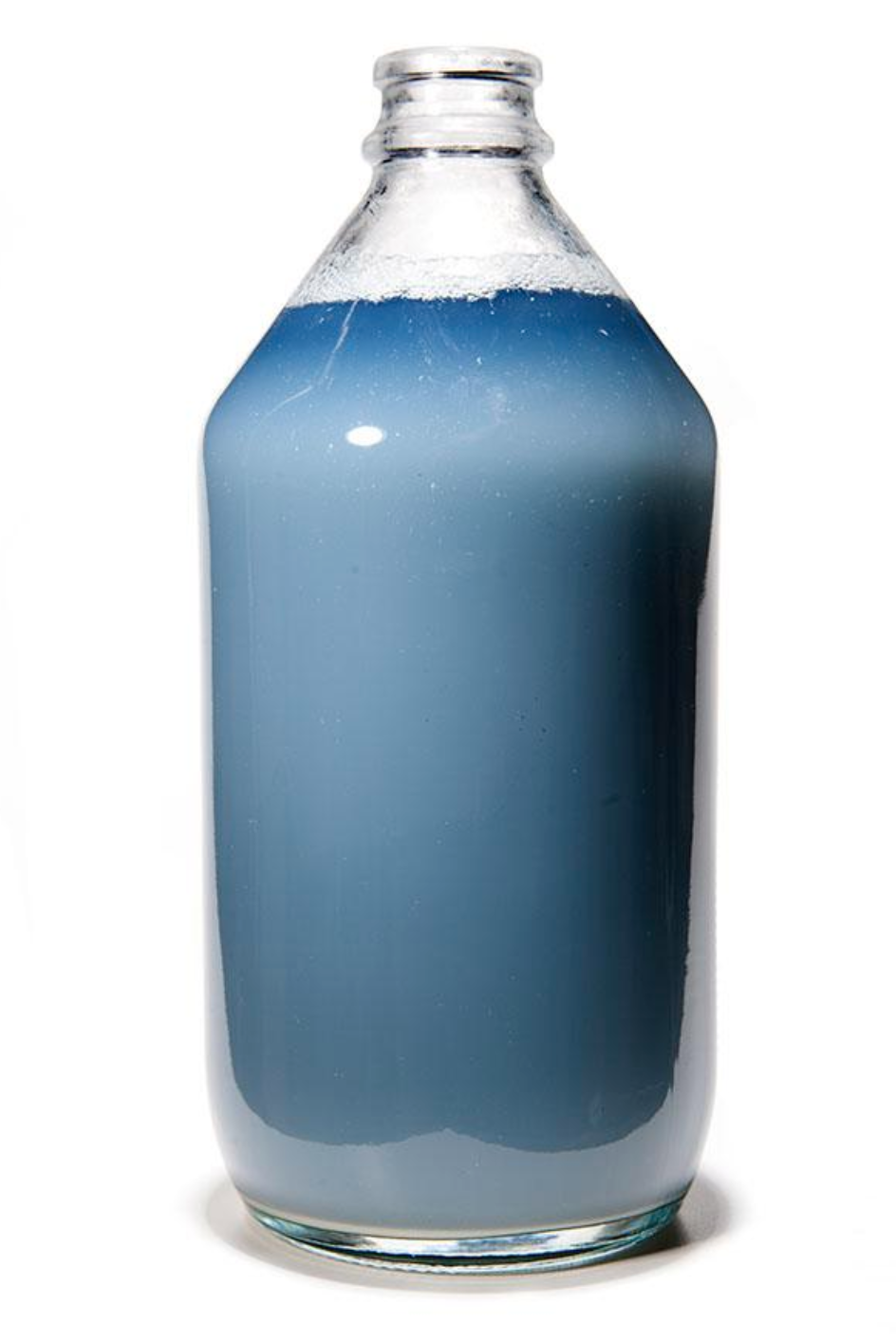
A bottle of horseshoe crab blood.
Horseshoe Crab Blood
![]()
Is There An Alternative to Horseshoe Crab Blood?
The short answer is absolutely, but not in the United States. A number of European countries, Japan & China all use a synthetic equivalent to LAL. So why don’t we?
Well, it is complicated. For an in depth study on the subject, check out a great article published in Feb 2021: Vaccine testing is changing. Why is this 13B lab still bleeding horseshoe crabs? (The link is at the bottom under How Can We Help?)
The bottom line: we should be pushing the FDA to approve synthetic LAL. It will help save our horseshoe crabs and still provide a safe way to test our vaccines and medical equipment.
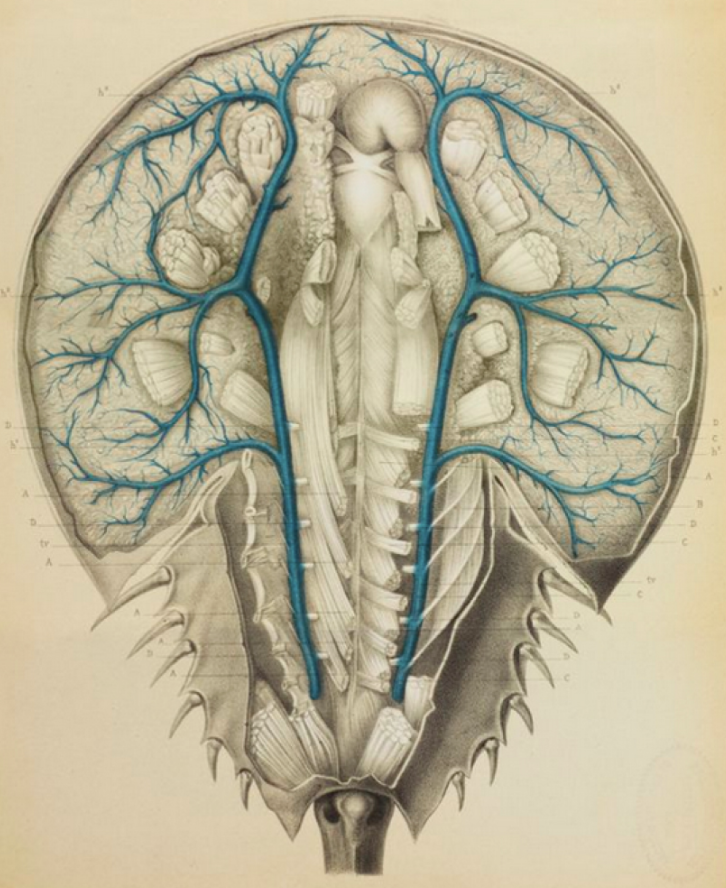
Looking inside a horseshoe crab, their blood is actually blue.
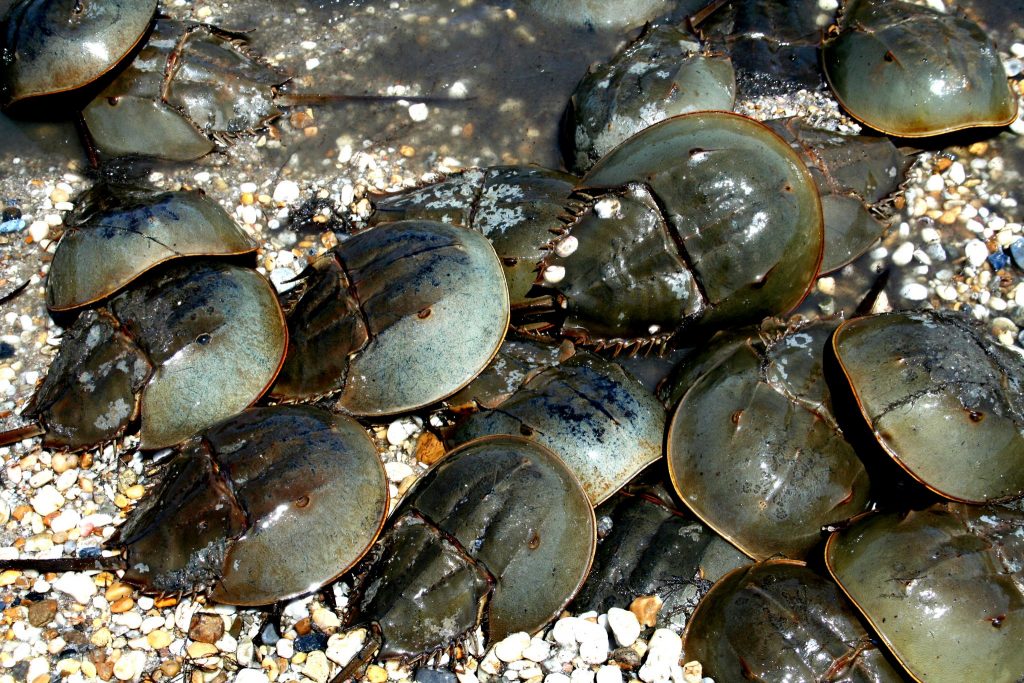
Thousands of horseshoe crabs are captured in order to get some of their blue blood
Horseshoe Crab Populations Are Declining
So how is their blood harvested and does it hurt the horseshoe crab? The crabs are caught, transported to a lab and hooked up to a machine that pierces their shell and drains 30% of their blood. Yikes, we sound like vampires! The crabs are then returned to the ocean where some (estimates range from 10-30%) die or stop reproducing.
The crabs are also harvested as bait for fishing further reducing their populations. Horseshoe crabs are now classified as Vulnerable by the International Union for Conservation of Nature (IUCN), which means they are likely to become endangered if conditions do not improve.
How Can We Help?
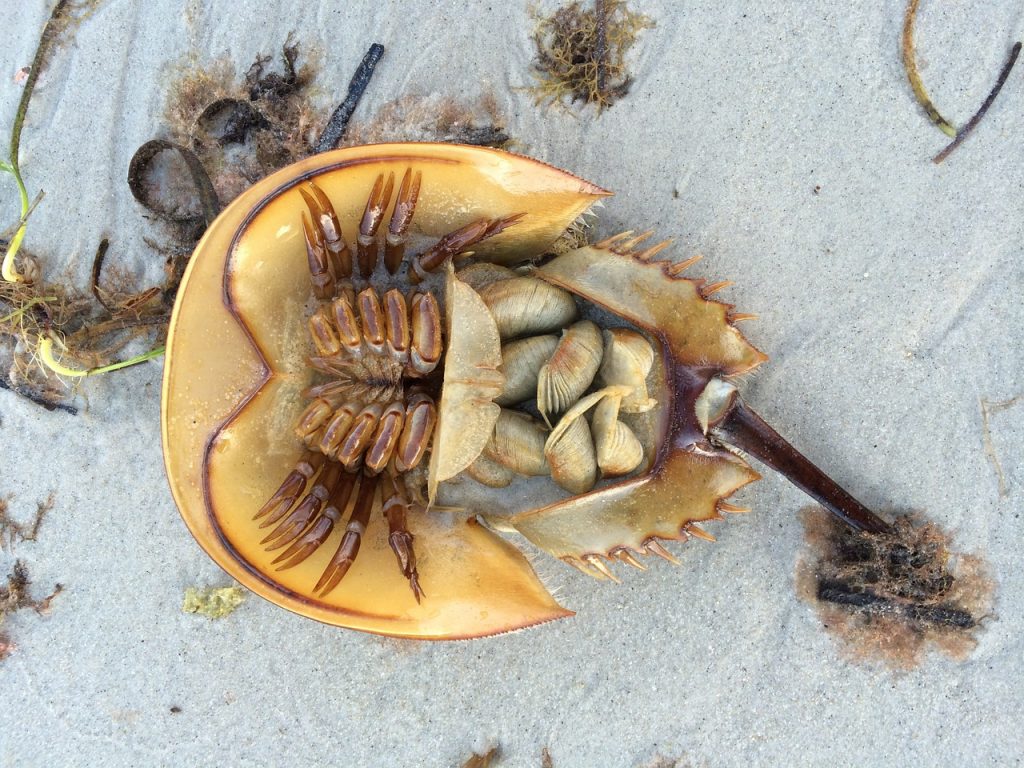
If you see a horseshoe crab upside down, please turn it over so it can live
They do so much for us, so what can we do for them? To begin with, if you see one upside down and alive, gently turn it over so it can live. They get tumbled about in the waves and have no way of righting themselves if flipped.
Second, you can learn all you can about these incredible creatures and truly appreciate all they do. Become an advocate for research to find alternative methods of testing for toxins. Or at a minimum, support groups that are finding ways to reduce the mortality rate and stress factors while harvesting their blood.
We owe our lives to horseshoe crabs. Let’s protect them because it is the right thing to do.
Learn More
Horseshoe Crab blood is the key to making a COVID-19 vaccine by National Geographic
The Race for a Coronavirus Vaccine Runs on Horseshoe Crab Blood by Smithsonian
Vaccine testing is changing. Why is this 13B lab still bleeding horseshoe crabs? by The State
